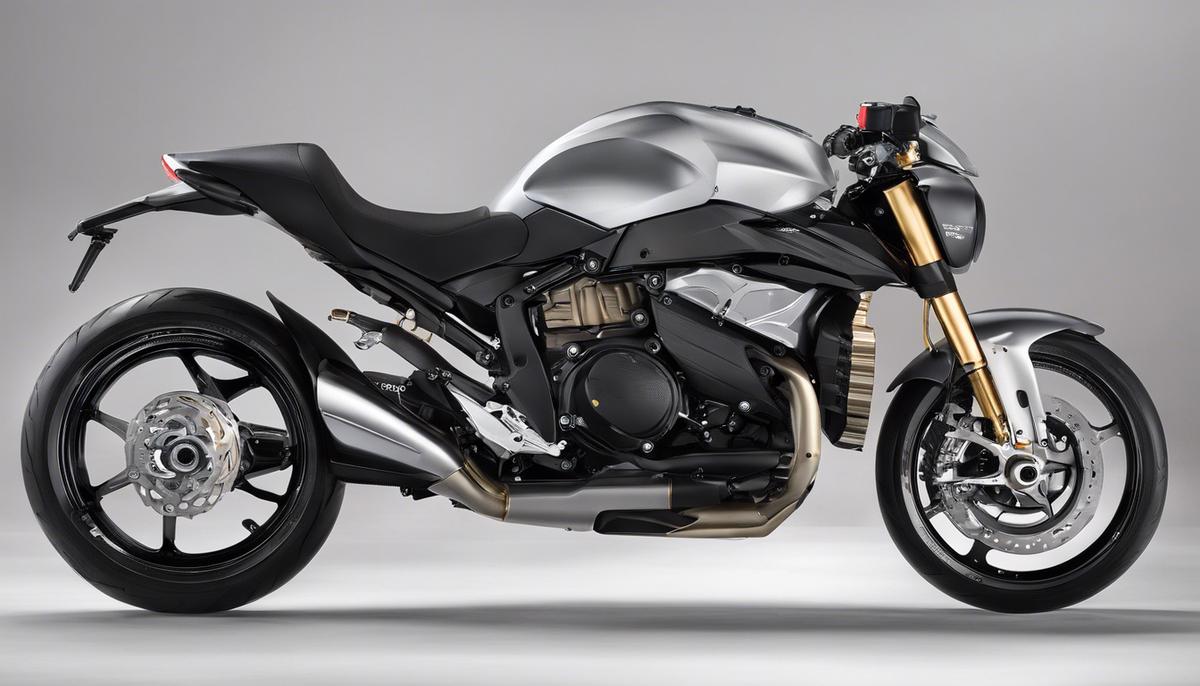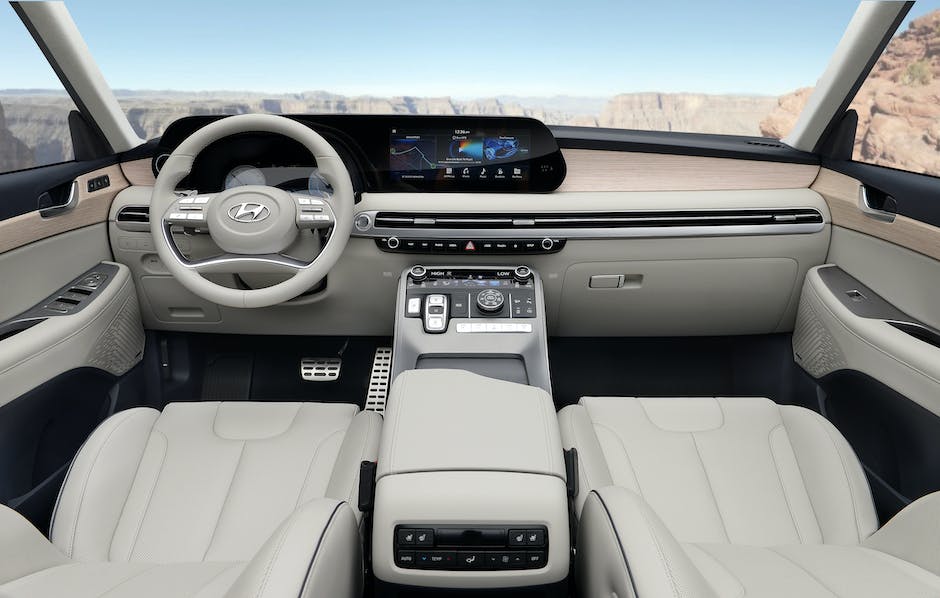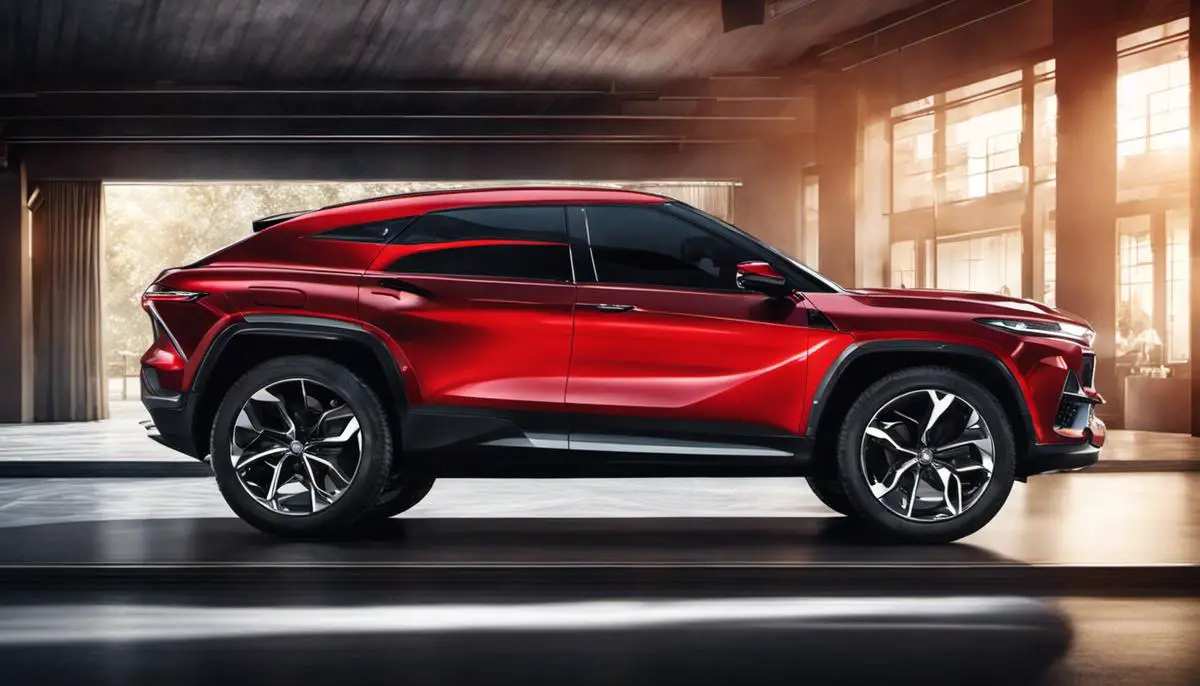Understanding the drivetrain of a vehicle is crucial for anyone interested in the dynamics of car performance and handling. The drivetrain is the powerhouse of locomotion, a complex system that harnesses the engine’s energy and delivers it to the wheels, propelling the car into motion. As automotive technology evolves, the types of drivetrains become more sophisticated, each offering a unique set of characteristics that cater to different driving demands and styles. From the traction of front-wheel drive (FWD) systems to the rugged durability of four-wheel drive (4WD) setups, our exploration into the various drivetrain configurations will illuminate the advantages and considerations that come with each choice. Simultaneously, a deep dive into the intricate web of drivetrain components will unveil the choreographed interaction between engines, transmissions, axles, and differentials, offering a comprehensive understanding of what makes our cars move. Whether you’re a car enthusiast or a curious learner, grasping the essentials of drivetrains is an enlightening step towards demystifying the complexities of modern vehicles.
Types of Drivetrains
Exploring Drivetrain Configurations: A Guide to Understanding Your Ride
In the world of automotive enthusiasts, mastery often starts with understanding the basics, and one crucial aspect is the drivetrain configuration of a vehicle. Essentially, the drivetrain is what delivers power from the engine to the wheels, turning horsepower into motion. Each configuration offers distinct driving dynamics, so let’s shift gears into the main types!
First up, front-wheel drive (FWD) is where the engine’s power is directed to the front wheels. This setup is common in most economy and family vehicles due to its cost-effectiveness and efficiency. One of the tangible perks of FWD is better traction while climbing hills because the engine is situated over the driven wheels, but on the flip side, it can limit handling capabilities since the front wheels are tasked with both steering and power delivery.
Rear-wheel drive (RWD), on the other hand, channels power to the rear wheels. This layout is favored in performance cars and large trucks because it balances the vehicle’s weight more evenly and improves handling. When you step on the gas, the rear wheels push the car forward, creating a driving experience that many enthusiasts find more engaging. However, RWD can be less reliable in slippery conditions since there’s less weight over the driving wheels to provide traction.
All-wheel drive (AWD) and four-wheel drive (4WD), while similar, serve different purposes. AWD systems power all four wheels all the time, or as needed, for enhanced grip in all types of driving conditions. This makes them suited for vehicles that encounter various terrains and weather changes. 4WD, typically found in off-road or utility vehicles, allows the driver to manually select power to all four wheels, providing maximum torque and traction for tough terrain. Remember, AWD is always on, while 4WD can be turned on and off.
So whether it’s the efficient FWD, the balanced RWD, the versatile AWD, or the rugged 4WD, each drivetrain configuration affects how a vehicle handles and performs. In the garage or on the road, understanding these differences is key to enjoying and making the most out of the chosen ride. As enthusiasts continue to tweak and tune, the drivetrain remains a central piece of the automotive performance puzzle – dictating the distinct character of every vehicle.

Drivetrain Components
Venturing deeper into the mechanics of what actually makes up a drivetrain, there’s plenty to explore beyond the FWD, RWD, AWD, and 4WD configurations.
At the heart of the drivetrain is the engine—the power generator.
The engine’s gusto is transferred through a series of components before it ever spins the wheels.
The transmission stands as an essential intermediary that takes the engine’s power and adapts it through gear ratios.
Manual transmissions give the control directly to the enthusiast’s hands, while automatics handle the shifting smoothly on their own.
The key here is that the transmission adjusts engine output so the vehicle can move effectively at various speeds.
Moving on from the transmission, the magic of power transfer continues through the driveshaft, a long rod that conveys rotational force to the appropriate axles.
Think of it as the great messenger between engine power and wheel motion.
For vehicles with FWD, a simple setup can often consist of a transaxle that combines transmission and axle duties.
RWD setups, in comparison, rely on a separate differential at the rear to distribute power.
When it comes to AWD and 4WD, differentials or transfer cases come into play, shuffling power between front and rear axles for optimal traction.
It’s a coordinated dance of mechanics that ensures power reaches the ground effectively.
Lastly, we have the axles themselves, and the joints that allow for the wheels to be driven while steering and traveling over hilly streets or bumpy trails.
These axle and joint combinations must balance strength to endure the forces of driving, with flexibility for a vehicle’s varied needs.
It’s this intricate combination of components that comprises the full drivetrain, working harmoniously to deliver power from the engine to the road.
Through this understanding, one gains a new appreciation for what’s happening beneath the vehicle’s floor when the gas pedal is pressed, and the journey begins—sans summary but with a newfound respect for the engineering marvel that is the vehicle drivetrain.

The journey through the intricacies of automotive drivetrains brings to light the remarkable engineering that propels us forward on the road. Each component, meticulously designed to work in harmony, highlights the precision and innovation embedded within our vehicles. As we travel from the combustion chambers of the engine through the synchronized gears of the transmission to the spinning wheels that grip the pavement, we find a world of mechanical artistry that is as practical as it is profound. With this knowledge, we can appreciate not only the tangible control and performance differences that drivetrain types impart but also the silent symphony of parts that play under the hood and beneath the chassis. As technology forges ahead, we can look forward to advancements that will continue to reshape the driving experience, turning today’s understanding into tomorrow’s foundation for even greater automotive accomplishments.



